tall columnar perennial
14 years ago
Related Stories

GARDENING GUIDES10 Cold- and Heat-Tolerant Perennials and Shrubs for the Arid West
These flowering native plants shrug off the cold of winter and heat of summer while adding beauty to the drought-tolerant landscape
Full Story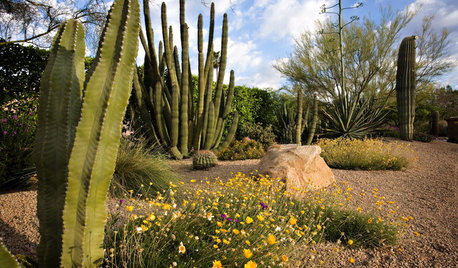
SOUTHWEST GARDENINGTall Cactuses Bring Drama to Southwestern Gardens
See how 5 columnar cactuses add a striking design element to warm-weather gardens, courtyards and entries
Full Story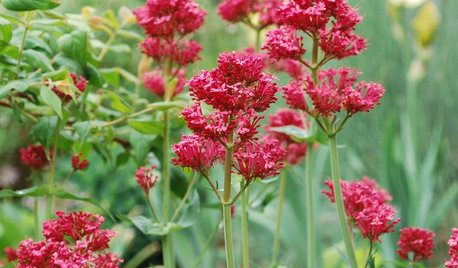
GARDENING GUIDES6 Lovely Water-Wise Perennials for High Altitudes
Even if your climate is cold and dry, you can still celebrate spring with these hardy and colorful perennials
Full Story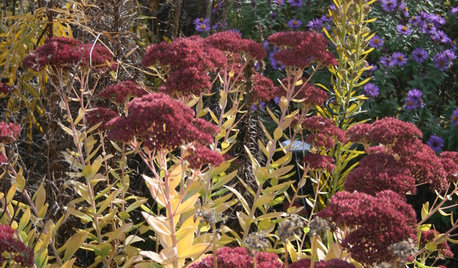
GARDENING GUIDES8 Perennials for Great Fall Color
Trees haven't cornered the market on autumn splendor. Add these flowering perennials for a foliage sight to behold
Full Story
GARDENING GUIDESTop 12 Summer-Blooming Perennials for Deer-Resistant Drama
Can you have garden color, fragrance and exciting foliage with hungry deer afoot? These beauties say yes
Full Story
PLANTING IDEASWant a More Colorful, Natural Garden? Try a Perennial Meadow
Spend less time tending and more time taking in the sights by improving on Victorian and prairie garden designs
Full Story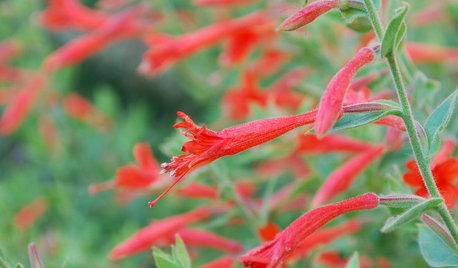
SUMMER GARDENING6 Water-Wise Perennials for Blazing High-Altitude Summers
Scorching weather and high elevations don't have to mean scraggly plantings. These blooms are as gorgeous as they are tough
Full Story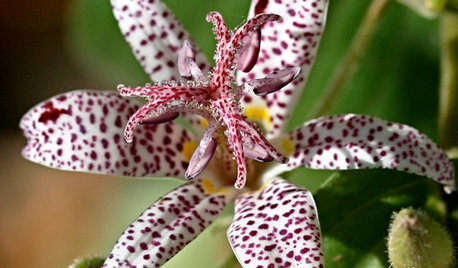
SUMMER GARDENING10 Perennials to Extend Your Garden's Summer Color
Revive summer-weary gardens with outstanding late bloomers such as toad lily, Russian sage, blanket flower and more
Full Story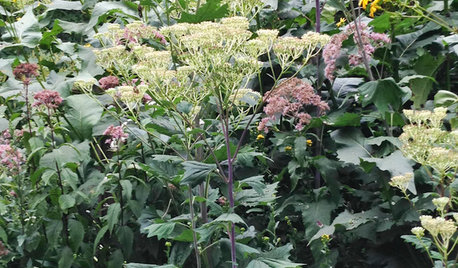
GARDENING GUIDESGreat Design Plant: Pale Indian Plantain Stands Tall and Proud
Height and generous flower heads earn Arnoglossum atriplicifolium the attention of both human and insect visitors
Full Story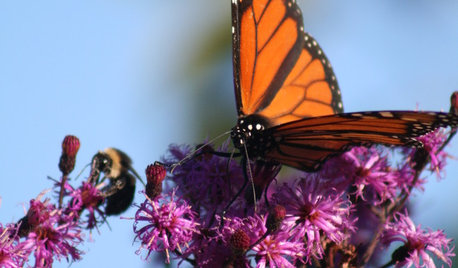
GARDENING GUIDESGreat Design Plant: Ironweed Fills Tall Garden Orders
Height, a slender form and a taste for wet soil make this native perfect for rain garden borders — and beneficial insects love it
Full StorySponsored
Central Ohio's Trusted Home Remodeler Specializing in Kitchens & Baths
More Discussions








miclinoOriginal Author
coolplantsguy
Related Professionals
Canton Landscape Architects & Landscape Designers · Folsom Landscape Architects & Landscape Designers · Manhattan Beach Landscape Architects & Landscape Designers · Mount Wilson Landscape Architects & Landscape Designers · McKinney Landscape Contractors · Mooresville Landscape Contractors · Stamford Landscape Contractors · Wilmington Landscape Contractors · Bainbridge Island Landscape Contractors · Elmhurst Landscape Contractors · Fort Atkinson Landscape Contractors · Gloucester Landscape Contractors · Gresham Landscape Contractors · Palos Verdes Estates Landscape Contractors · Peachtree City Landscape ContractorsmiclinoOriginal Author
Kaveh Maguire Garden Design
christinmk z5b eastern WA
tlacuache
coolplantsguy
Nancy
tiffy_z5_6_can
david_5311
miclinoOriginal Author
Kaveh Maguire Garden Design
ginnypenny
tlacuache
ginnypenny
buyorsell888
tlacuache
buyorsell888
tlacuache
dandy_line (Z3b N Cent Mn)
coolplantsguy
miclinoOriginal Author
brody
inthegarden_k
buyorsell888
miclinoOriginal Author
Vivien23- Zone 6B